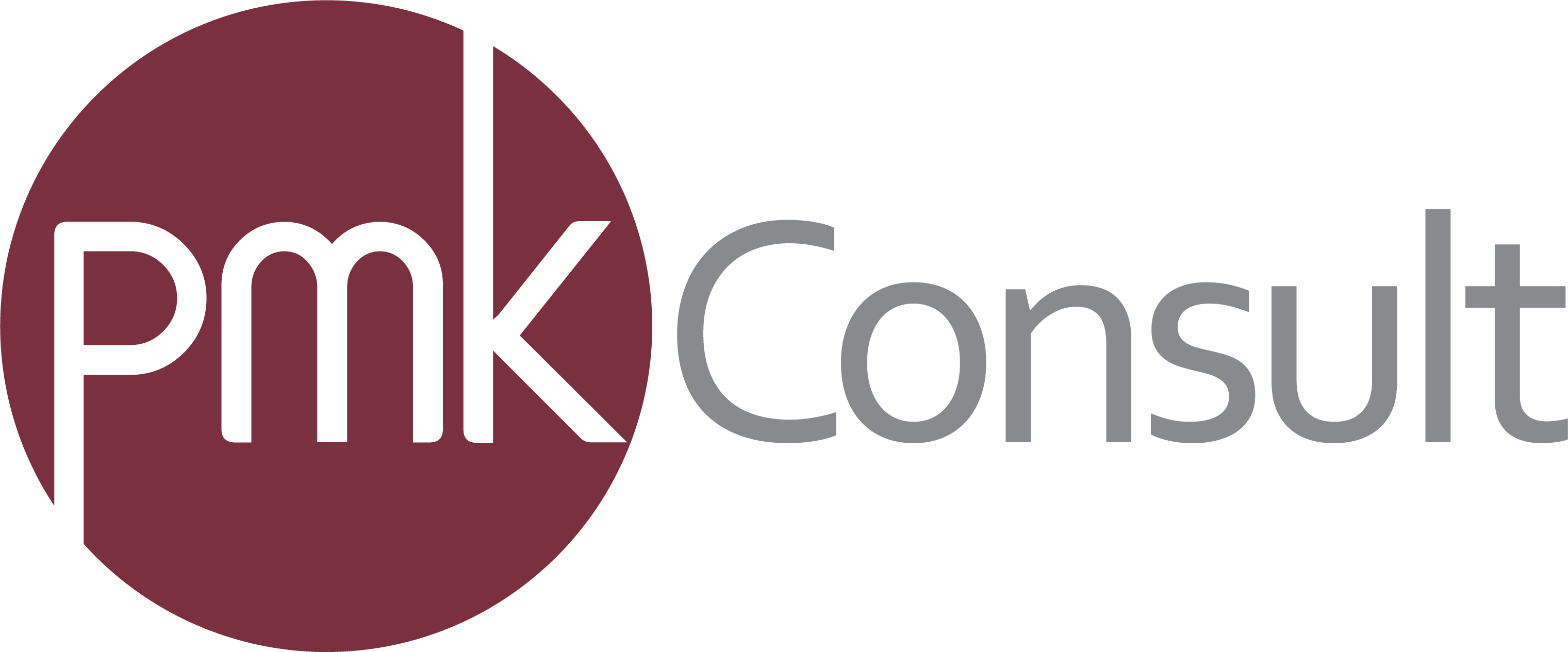Part 1- The Pros and Cons of Traditional Procurement
Insights by John Vint, Commercial Director
Construction and engineering projects vary considerably in size, complexity, cost, programme, site conditions and in terms of other characteristics, as do the responsibilities and obligations of the parties involved. Consequently, numerous forms of contract are continually evolving to best serve the parties’ interests on a project.
Knowing which contract form to choose centres on determining who will take responsibility for the design, the Employer or the Contractor. Identifying this critical element will help project owners in any sector decide between traditional and design and build (D&B) procurement.
There are key factors that should help to determine whether a traditional or D&B route is selected and these can be summarised as follows:
– Project complexity
– Site conditions
– Level of specification required
– Degree to which the facility’s performance is important
– Propensity for or likelihood of post-contract variations
– Level of design control required
– Level of cost certainty required
– Programme requirements
While traditional procurement is fairly well understood by most, in our experience as commercial and project management specialists, in many cases the D&B route is not. Many project owners often consider D&B to be the remedy to all the ills of traditional procurement, which in my opinion is a dangerous assertion in its own right.
In short, there are fundamental project circumstances or parameters that should be assessed to determine which procurement route will work best.
First, let’s take an in-depth look at traditional procurement.
TRADITIONAL PROCUREMENT
Overview
This is probably the most familiar form of procurement to most construction professionals. The employer, or project owner, appoints consultants to undertake the design and then a contractor is appointed to construct the works. This is based on the fundamental principle that design control (and design risk) remains with the project owner throughout the procurement process. In my opinion, this is best suited to more complex projects and/or those on which the project owner needs to retain control of design to ensure that very prescriptive specification and performance requirements are met.
So, the project owner appoints architectural and engineering consultants to perform the design work and other consultants such as quantity surveyor(s) to control the costs. While the design is developing, the quantity surveyor will assist the rest of the consultant team to optimise the scheme in terms of cost and quality (functionality, aesthetics, efficiency, etc.) by giving cost advice relating to design alternatives and value engineering. The work is then tendered in competition using an appropriate pricing document such a Bill of Quantities (BOQ) and the winning contractor constructs the building.
The consultant team usually continues to be employed by the project owner during the construction period as project managers, meaning that the client retains full control of design matters and can make all decisions relating to it such as design variations.
The Pros
- Cost: While the contractor assumes less risk than with D&B procurement, if the design team is appropriately qualified and proficient, the likelihood is that your project will cost less.
- Design Control: The project owner maintains control of design throughout the procurement process. This is especially important on complex projects and/or where the design and performance of the facility are critical to its successful operation.
- Variations: The cost of variations will in most cases be based on rates tendered in competition using a BOQ or similar document.
- Monitoring Progress: The BOQ provides a useful basis for monitoring progress.
- Valuations: Interim payments are more accurately assessed thereby reducing potential financial exposure.
The Cons
- Project Owner’s Unforseen Cost Risks: As alluded to above, there is some potential for exposure to financial factors such as, unforeseen site conditions, variations due to unavailability of certain materials and equipment, statutory requirements, the type of building (complexity, specification standards, etc), necessary scope changes due to changing market conditions and suchlike.
- Project Owner’s Performance Related Cost Risk: There are many safeguards that can be implemented to mitigate financial exposure, but the risk is weighted towards the project owner and the degree of any subsequent impact will depend on such things as the professionalism and quality of the consultants’ work, the accuracy and completeness of the documentation, rectification of design errors, errors and inconsistencies in the tender documentation, the diligence of the contractor, the quality of the construction work, and budgetary and programme constraints.
- Programme: A longer programme time is often cited as a disadvantage of traditional procurement but in my experience, this is rarely founded in reality. In some projects, traditional methods are well warranted.
In short, I consider that most of the perceived cons can be mitigated by careful planning and competent professionals. In my next article, we will look at the D&B form of procurement and my conclusions on both forms so you can consider the best route to protect your capital investment.


